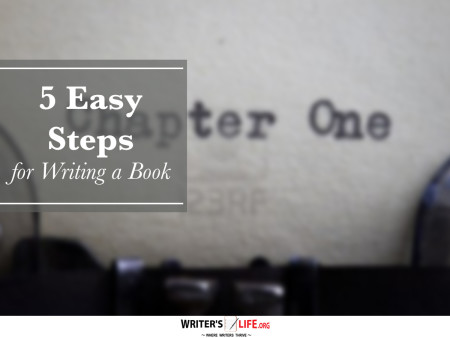- How To Tackle Jealousy In Creative Writing
- Common Submission Mistakes
- How To Stop Your Blog Becoming Boring
- The One Thing Every Successful Writer Has In Common
- How To Make Yourself Aware Of Publishing Scams
- Why Almost ALL Writers Make These Grammar Mistakes At Some Point
- 5 Tips For Authors On How To Deal With Rejection
- Top Mistakes to Avoid When Writing a Novel
- How to Avoid Common New Writer Mistakes
- 10 Mistakes New Fiction Writers Make
Writing Tips for Tightening Dialogue in Later Drafts

Tightening dialogue is an essential skill for every writer looking to polish their manuscripts and ensure their characters' conversations are clear and impactful. But how exactly do you go about refining dialogue you've already put so much effort into crafting? Here are some effective dialogue tightening techniques and tips to help enhance the clarity of your draft.
Streamlining Dialogue for Impact
Dialogue should always serve a purpose. When characters speak, they need to move the story forward or reveal something significant about themselves or others. If you're finding your dialogue scenes are dragging, it's time to focus on improving dialogue tightness. Ask yourself: does each line of dialogue contribute to the plot or character development? If the answer is no, consider cutting or refining those parts.
One practical dialogue tightening tip is to read your dialogue out loud. Hearing the words spoken can help you catch clunky or unnatural phrases. This process is like playing your story on rewind and can highlight areas needing streamlining, ensuring each line is both efficient and engaging.
According to Wikipedia, dialogue in writing is not just about conversation but serves as a critical tool in shaping narrative tempo and emotional density. With this in mind, enhancing dialogue clarity is about making each word count.
Refining Dialogue for Authenticity
Authenticity in dialogue stems from creating words that sound true to life. Refining dialogue means ensuring that your characters' voices match their personalities, backgrounds, and the story's context. Dialogue tightening techniques can often involve stripping away extraneous words that don't sound natural to how a character would speak.
Think about people in real life—do they always speak in full sentences or exchange pleasantries with every conversation? Often, real-life conversations are succinct and to the point. Apply this knowledge to your writing for more concise dialogue improvements.
Additionally, consider the rhythm and flow of conversations. Are they smooth and dynamic or jarring and inconsistent? By focusing on these aspects, you're enhancing the dialogue's readability and engagement factor, ensuring readers are drawn into your world seamlessly.
Effective Dialogue Tightening with Character Depth
It's crucial to remember that dialogue is an extension of character. Incorporating effective dialogue tightening means understanding your characters deeply enough to know exactly how they'd respond in any given situation. This means revisiting character arcs and motivating factors to get your dialogue just right.
Improving the tightness of dialogue also involves reducing filler words. Words like "um," "well," and "like" can clutter dialogue without adding value. Instead, focus on clarity and precision, and watch how this makes conversations more compelling.
Want to promote your book after it’s published? Check out our Book Marketing Articles.
Dialogue Editing Insights: The Revision Process
The act of reworking dialogue can often feel daunting, but it's a vital part of the revision process. When it comes to dialogue editing insights, taking a methodical approach can ease the burden. First, tackle one scene at a time rather than trying to overhaul an entire manuscript in one go. This helps maintain the story's continuity and allows for focused, effective dialogue tightening.
Consider making a checklist as you go. Does each scene's dialogue reveal character emotions and intentions? Are there moments of subtext where the characters' true feelings bubble beneath the surface? Such refining dialogue questions keep your revisions targeted and meaningful.
When tackling dialogue, always remember: tighter dialogue is not about chopping lines until nothing is left. It's about making every piece of communication purposeful and engaging for your readers, like a hit-line in a song—resonant and unforgettable.
"Good dialogue transports readers into your world and makes them care deeply about your characters."
Frequently Asked Questions About Tightening Dialogue
Q: Why is dialogue tightening important?
A: Tightening dialogue helps to ensure that each word enhances the story, keeping readers engaged and characters believable.
Q: How can reading dialogue out loud help?
A: Hearing dialogue spoken can reveal awkward phrasing and redundancy, making it easier to adjust for natural flow and clarity.
Q: What is the biggest pitfall in tightening dialogue?
A: Over-editing can lead to losing character voice, so it's essential to maintain authenticity while ensuring conciseness.
If you're serious about growing your author career, don't miss out on these free tools and templates built specifically for writers. Access all 7 free resources here.


























